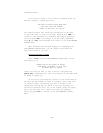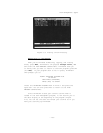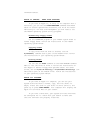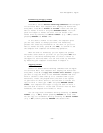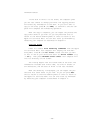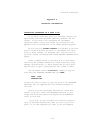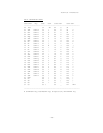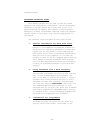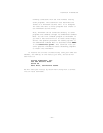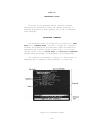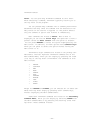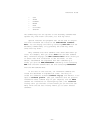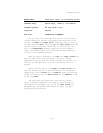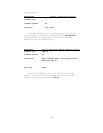
ThinkTank Manual
THINKTANK TECHNICAL NOTES
This manual contains all you need to know for normal
operation and installation of ThinkTank.. But we’ve designed
ThinkTank as an open system and you may want to put it to
specialized use. To support such efforts, Living Videotext
maintains a library of ThinkTank technical notes that address
certain issues in more detail than would be appropriate in
this manual.
The technical notes available at this time include:
1. Special Information for Hard Disk Users
Earlier in this appendix we presented standard in-
structions for installing ThinkTank on a hard disk
system. But you may prefer a custom installation
that allows you to start up ThinkTank automatically
when you turn on your computer, or (on some com-
puters) at least to set the swapping option when you
enter PASCAL or execute ThinkTank. This technical
note includes detailed instructions and information
to help you customize ThinkTank to your hard disk
systern.
2. Using ThinkTank with a Word Processor
You can PORT a ThinkTank outline to a text file and
edit it with a PASCAL—based word processor. But
what if you want to reverse the process —— create a
document with a word processor and port it into a
ThinkTank outline? This technical note describes
the rules for creating STRUCTURED text files with
your PASCAL—compatible word processor. It also
discusses how you can port text files into ThinkTank
that aren’t organized in STRUCTURED style. Finally,
it contains a list of word processing programs that
are known to be compatible with ThinkTank.
3. Information for Programmers
ThinkTank outlines are stored on your disks in a
special outline file format. This format is not
—110—



